-
 Bitcoin
Bitcoin $116400
0.87% -
 Ethereum
Ethereum $3819
3.86% -
 XRP
XRP $3.048
1.62% -
 Tether USDt
Tether USDt $1.000
0.03% -
 BNB
BNB $777.2
0.60% -
 Solana
Solana $169.3
0.46% -
 USDC
USDC $0.0000
0.02% -
 TRON
TRON $0.3414
2.06% -
 Dogecoin
Dogecoin $0.2126
3.33% -
 Cardano
Cardano $0.7527
1.21% -
 Hyperliquid
Hyperliquid $38.86
1.02% -
 Sui
Sui $3.683
5.27% -
 Stellar
Stellar $0.4048
1.45% -
 Chainlink
Chainlink $17.91
6.62% -
 Bitcoin Cash
Bitcoin Cash $576.9
1.29% -
 Hedera
Hedera $0.2487
1.03% -
 Ethena USDe
Ethena USDe $1.001
-0.01% -
 Avalanche
Avalanche $22.46
1.07% -
 Litecoin
Litecoin $120.8
1.69% -
 UNUS SED LEO
UNUS SED LEO $8.963
-0.30% -
 Toncoin
Toncoin $3.301
2.33% -
 Shiba Inu
Shiba Inu $0.00001250
1.13% -
 Uniswap
Uniswap $10.06
3.45% -
 Polkadot
Polkadot $3.731
1.56% -
 Dai
Dai $1.000
0.01% -
 Bitget Token
Bitget Token $4.416
1.58% -
 Cronos
Cronos $0.1482
3.73% -
 Monero
Monero $250.0
-12.34% -
 Pepe
Pepe $0.00001075
2.16% -
 Aave
Aave $274.6
4.17%
What are NFT traits?
NFT traits define an asset's unique characteristics—like appearance or abilities—and are stored in metadata, influencing rarity, value, and utility across collections and dApps.
Aug 07, 2025 at 10:35 pm
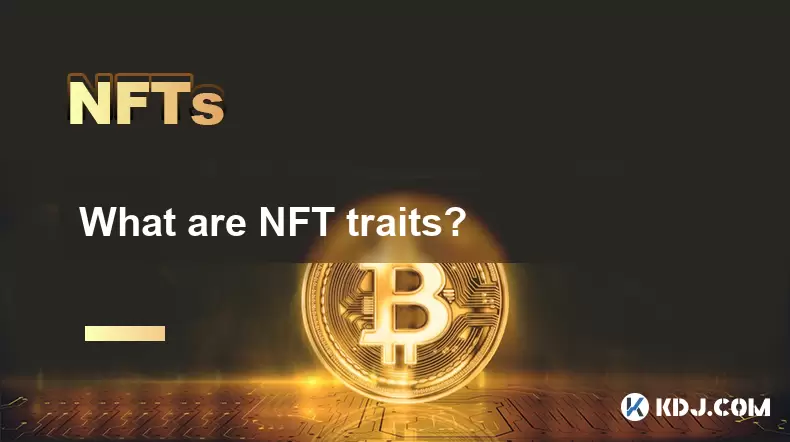
Understanding the Concept of NFT Traits
NFT traits define the unique characteristics of a non-fungible token, particularly within collections such as profile picture (PFP) projects like CryptoPunks or Bored Ape Yacht Club. Each NFT in a collection is composed of multiple visual or functional attributes, and these are referred to as traits. For example, a digital ape NFT might have traits such as "golden fur," "laser eyes," "gold chain," and "base expression: bored." These individual components are algorithmically combined during minting to generate a unique token. The rarity and combination of these traits directly influence the perceived value of the NFT.
Traits are not limited to visual aspects. In gaming or utility-based NFTs, traits can represent functional properties like attack power, speed, or special abilities. The metadata associated with an NFT typically stores these traits in a structured format, often using key-value pairs such as "Hat": "Fisherman's Cap" or "Background": "Blue". This metadata is usually hosted on decentralized storage platforms like IPFS or Arweave to ensure permanence and authenticity.
How NFT Traits Are Generated
The generation of NFT traits occurs during the creation phase of a collection, commonly referred to as the art generation pipeline. Creators use layered image design software or code-based rendering tools to define different attributes. Each layer corresponds to a trait category—such as background, body, clothing, eyes, mouth, and accessories.
- A folder is created for each trait category
- Inside each folder, individual image files represent possible variations (e.g., "Smile.png", "Grin.png", "Frown.png" in the mouth folder)
- A script randomly combines one image from each category to form a complete NFT
- The script also records the selected traits in the metadata JSON file
For instance, a Python script using Pillow or Node.js with Canvas can automate this process. The metadata includes a attributes array listing each trait type and value. An example entry looks like:
"attributes": [
{ "trait_type": "Eyes", "value": "Holographic" },
{ "trait_type": "Clothing", "value": "Tuxedo" }
]This process ensures that each NFT has a verifiable and transparent set of traits.
The Role of Rarity in NFT Traits
Rarity is a core factor that determines the desirability of an NFT, and it is directly tied to the distribution of its traits. Creators assign different probabilities to trait variations during generation. For example, a "Diamond Skin" trait might appear in only 0.1% of the collection, making any NFT possessing it extremely rare.
Rarity is often calculated using one of two methods:
- Statistical rarity: Counting how many times a specific trait appears across the entire collection
- Weighted scoring: Assigning point values to traits based on scarcity and summing them for a total rarity score
Marketplaces like OpenSea and Rarity.tools analyze on-chain metadata to rank NFTs by rarity. A token with multiple ultra-rare traits will typically command a higher floor price. Collectors use rarity calculators to compare NFTs before purchasing, focusing on traits with the lowest occurrence percentages.
Viewing and Verifying NFT Traits
To view the traits of an NFT, users can navigate to its listing page on platforms such as OpenSea, Blur, or LooksRare. Below the image, there is usually a section labeled "Attributes" or "Traits" that displays each trait type and value.
For deeper verification, users can inspect the NFT’s metadata directly:
- Locate the NFT’s token ID on the blockchain explorer (e.g., Etherscan)
- Find the
tokenURIfunction in the smart contract and retrieve the metadata URL - Open the JSON file to view the
attributesarray in raw format
This transparency ensures that trait data cannot be altered post-mint without changing the metadata URI, which would be detectable. Some projects use on-chain metadata to prevent off-chain manipulation, storing trait information directly in the contract.
Using Traits in NFT Projects and Applications
NFT traits are not only aesthetic; they enable dynamic functionality in decentralized applications. In blockchain games, traits can determine a character’s performance. For example, an NFT warrior with the trait "Speed: 95" might move faster in gameplay than one with "Speed: 40".
Smart contracts can read trait data to trigger actions:
- Airdropping rewards to NFTs with specific traits (e.g., all holders with "Dragon Wings")
- Granting access to exclusive events or content
- Enabling staking benefits based on trait rarity
Developers use libraries like ethers.js to query token metadata and filter NFTs by trait. For example, a frontend dApp can display only NFTs with "Zombie" in the "Type" trait by parsing metadata from multiple tokenURIs.
Common Misconceptions About NFT Traits
A common misunderstanding is that visual appearance alone defines a trait. However, traits are defined by metadata, not visuals. Two NFTs may look identical but have different metadata, making one rarer. Conversely, an NFT might visually appear rare but have common trait values in its metadata.
Another misconception is that all traits are equally important. In reality, community perception and market demand dictate which traits are valued. A seemingly minor trait like "Closed Left Eye" might become iconic due to celebrity ownership or meme culture.
Also, trait scarcity does not guarantee value. Market dynamics, project reputation, and utility play significant roles. A rare trait in a failing project may have little resale value.
Frequently Asked Questions
Can NFT traits be changed after minting?
No, NFT traits cannot be altered if the metadata is immutable. Most projects lock metadata at launch. However, some contracts allow "re-vealing" or trait evolution through on-chain functions, but this requires prior design and community consent.
How do I find the rarity score of my NFT’s traits?
Use platforms like Rarity.tools, Rarity Sniper, or TokenSniffer. Enter the collection name and your NFT’s ID. These tools analyze trait frequency across the collection and assign a numerical rarity score based on statistical distribution.
Are NFT traits stored on the blockchain?
The traits themselves are usually not stored directly on-chain. Instead, a metadata URI points to a JSON file that contains the trait data. However, some projects store traits directly in the contract using on-chain SVG generation or encoded strings, ensuring full decentralization.
Can two NFTs have the exact same traits?
Yes, in generative art projects, each NFT is intended to have a unique combination. However, in some cases, duplicate trait combinations can occur due to flawed generation scripts or large collections. True uniqueness depends on both trait combination and token ID.
Disclaimer:info@kdj.com
The information provided is not trading advice. kdj.com does not assume any responsibility for any investments made based on the information provided in this article. Cryptocurrencies are highly volatile and it is highly recommended that you invest with caution after thorough research!
If you believe that the content used on this website infringes your copyright, please contact us immediately (info@kdj.com) and we will delete it promptly.
- Pi Coin's dApp and AI Potential: Building a Decentralized Future
- 2025-08-08 02:30:12
- Bitcoin, Greenidge, and Liquidity: Navigating the Crypto Currents in NYC
- 2025-08-08 02:30:12
- Crypto Phishing Alert: $3 Million USDT Loss Highlights DeFi Risks
- 2025-08-08 01:10:12
- Crypto Presale Mania: Is Punisher Coin the High ROI King?
- 2025-08-08 01:10:12
- Online Betting, Platforms & Crypto Access: What's Hot in 2025
- 2025-08-08 00:50:12
- Layer Brett: The Meme Coin Primed for 100x Gains?
- 2025-08-08 01:50:12
Related knowledge
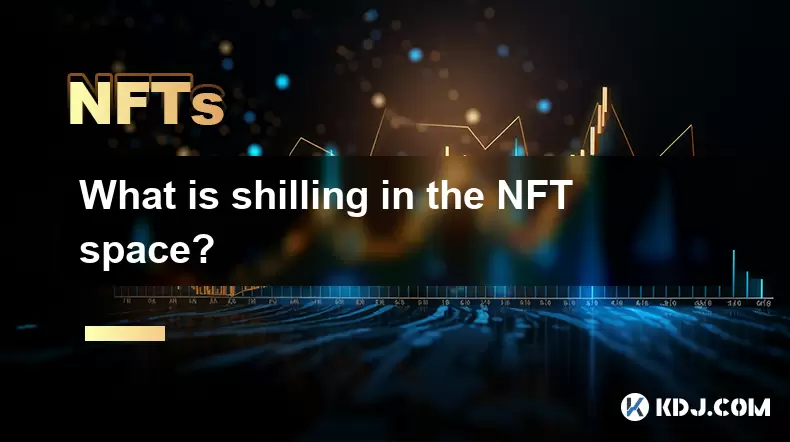
What is shilling in the NFT space?
Aug 08,2025 at 02:14am
Understanding the Concept of Shilling in the NFT EcosystemIn the NFT space, the term shilling refers to the act of aggressively promoting a specific d...

What are NFT traits?
Aug 07,2025 at 10:35pm
Understanding the Concept of NFT TraitsNFT traits define the unique characteristics of a non-fungible token, particularly within collections such as p...
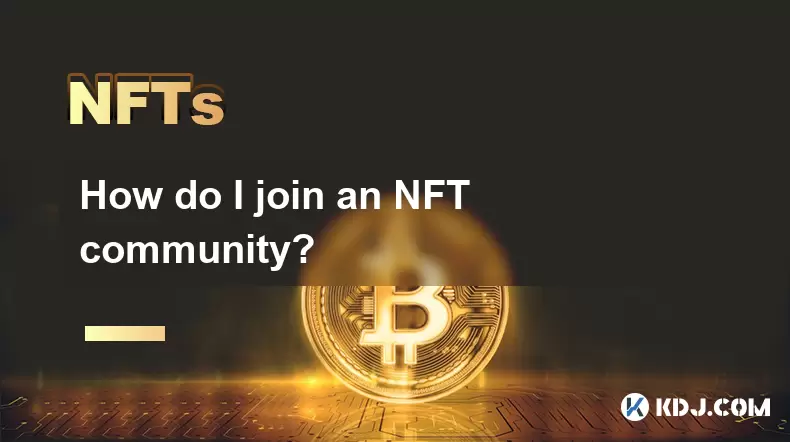
How do I join an NFT community?
Aug 07,2025 at 10:21pm
Understanding the Purpose of NFT CommunitiesNFT communities are digital ecosystems built around specific non-fungible token projects, artists, or broa...
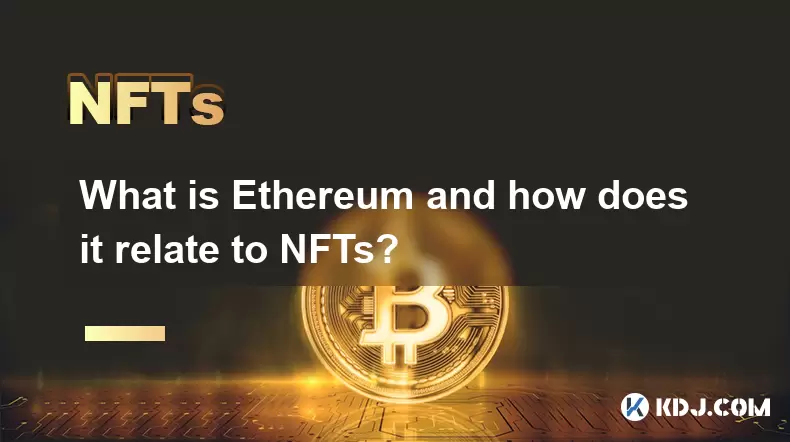
What is Ethereum and how does it relate to NFTs?
Aug 08,2025 at 12:29am
Understanding Ethereum: A Decentralized Platform for Smart ContractsEthereum is a decentralized, open-source blockchain platform that enables develope...
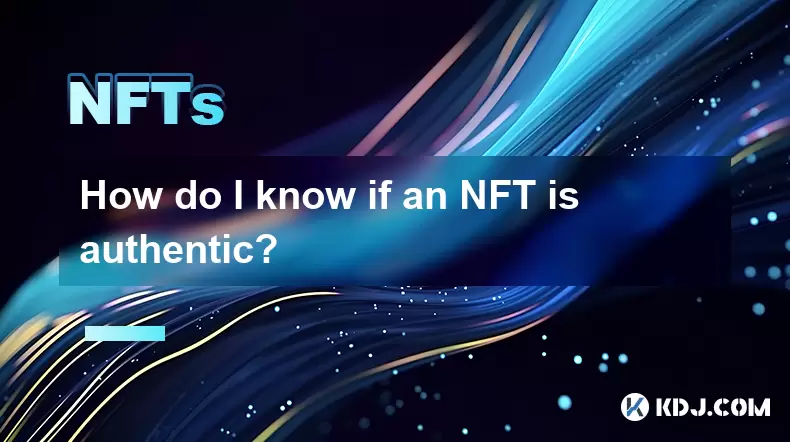
How do I know if an NFT is authentic?
Aug 07,2025 at 10:14pm
Understanding NFT Authenticity and Blockchain VerificationWhen assessing whether an NFT is authentic, the foundation lies in understanding how blockch...
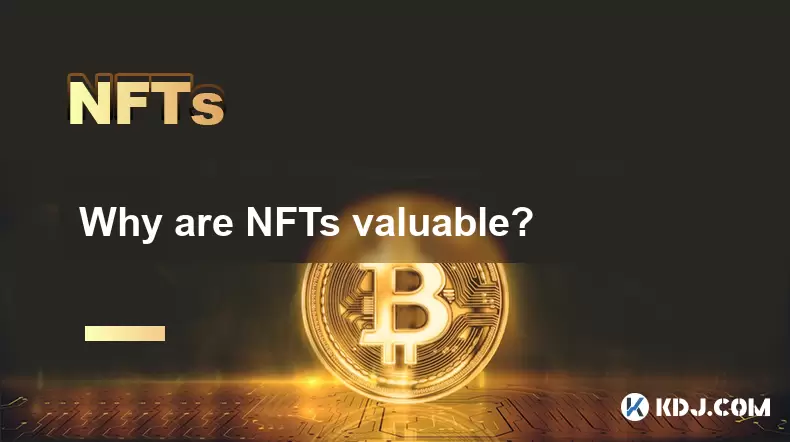
Why are NFTs valuable?
Aug 08,2025 at 12:15am
Understanding the Concept of NFTsNFTs, or Non-Fungible Tokens, are unique digital assets verified using blockchain technology. Unlike cryptocurrencies...

What is shilling in the NFT space?
Aug 08,2025 at 02:14am
Understanding the Concept of Shilling in the NFT EcosystemIn the NFT space, the term shilling refers to the act of aggressively promoting a specific d...

What are NFT traits?
Aug 07,2025 at 10:35pm
Understanding the Concept of NFT TraitsNFT traits define the unique characteristics of a non-fungible token, particularly within collections such as p...

How do I join an NFT community?
Aug 07,2025 at 10:21pm
Understanding the Purpose of NFT CommunitiesNFT communities are digital ecosystems built around specific non-fungible token projects, artists, or broa...

What is Ethereum and how does it relate to NFTs?
Aug 08,2025 at 12:29am
Understanding Ethereum: A Decentralized Platform for Smart ContractsEthereum is a decentralized, open-source blockchain platform that enables develope...

How do I know if an NFT is authentic?
Aug 07,2025 at 10:14pm
Understanding NFT Authenticity and Blockchain VerificationWhen assessing whether an NFT is authentic, the foundation lies in understanding how blockch...

Why are NFTs valuable?
Aug 08,2025 at 12:15am
Understanding the Concept of NFTsNFTs, or Non-Fungible Tokens, are unique digital assets verified using blockchain technology. Unlike cryptocurrencies...
See all articles

























































































